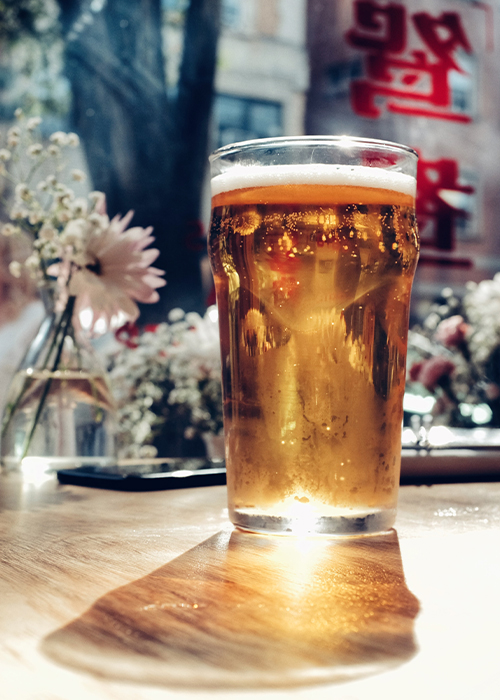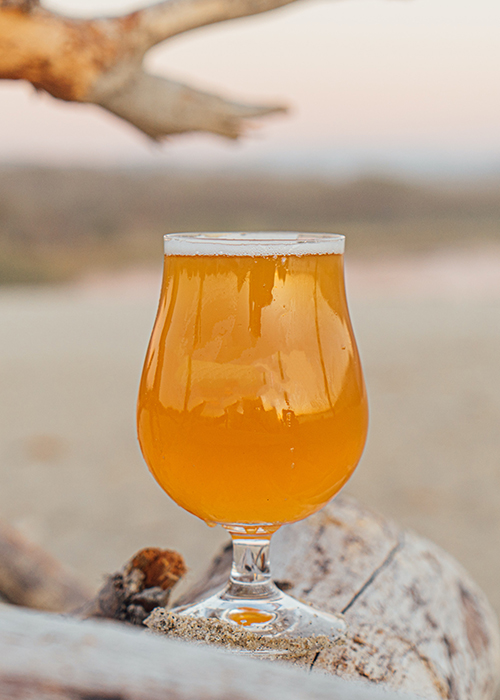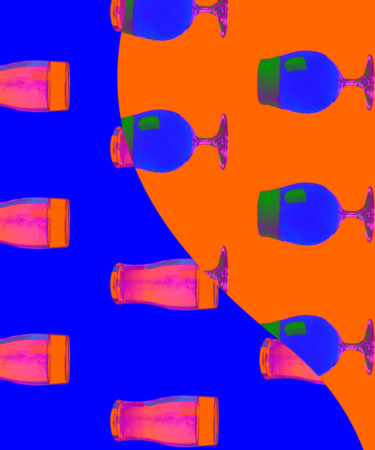Saison and cider, two beloved yet humble beverages that differ widely in style and taste, are each a channel into the past. Saison is a style or family of beer that originated in Belgium, but is also produced in the U.S. where it’s often labeled “farmhouse ale.”
Cider is an alcoholic beverage made from fermented apple juice and sometimes pears. Known in the U.S. market with the prefix “hard” to distinguish from the non-alcoholic juice, cider is a classic and very popular beverage in Western and Northern Europe, as well as the French speaking provinces of Canada.
Keep reading to learn more about how these two historic libations compare.
Origin
While cider’s true origins are unknown, some historians believe the Romans were the first to craft the apple beverage. Others suggest that the Asturians, from northern Spain, invented cider long before the Romans. Either way, according to Cidercraft Magazine it wasn’t until the 8th and 9th centuries that “cider really starts to appear properly during the reign of Charlemagne,” whose massive empire covered much of Western and Northern Europe.

In America, while some accounts assert Native Americans brewed cider prior to the arrival of Europeans, the settlers arriving in the 17th century planted apple trees as some of their first crops. Often viewed as a safer alternative to water, cider became a crucial part of the settlers’ lives.
Saison’s beginnings are also disputed, although beer expert Randy Mosher believes it sprung from the town of Liège in the early 19th century, albeit in a style described quite different from that of modern saisons. Contrasting accounts suggest it began in farmhouse breweries in the southern Belgium region of Wallonia. Saison was commonly brewed during the winter and aged until the summer, when the casks were cracked open by thirsty laborers in need of a thirst-quenching beverage in the warmer months.
Production
Saisons are typically unfiltered and clock in between 5 and 7.5 percent ABV. In addition to a large range of ingredients — from every spice possible to herbs and vegetables — brewers are known to employ the use of native and wild yeasts.
Traditional cider apples, as opposed to the varieties found in supermarkets, tend to be tart, sour, bitter, and high in tannins. Styles of cider differ depending on the country of origin, with European ciders tending to err more dry on average, but many American cideries are pushing for a more complex, low-sugar product. Its alcohol content also depends on where it is produced and whether it’s a modern or traditional cider.
Flavor
Saison beers are defined as rustic, crisp, dry and thirst-quenching, often showing a touch of earth or spice on the palate, but the styles and flavors vary depending on the brewer. As Craft Beer & Brewing explains, saison is viewed as a “product of its environment,” with brewers placing a lot of emphasis on the use of indigenous ingredients.

From clean and tart to funky and citrusy, cider’s characteristics also vary depending on the producer. As VinePair notes, the modern U.S. cider category has gained an unfortunate reputation for producing sweet and uninspired versions of the beverage, but there is a growing movement of American cider-makers looking to make the more complex, wine-like varieties favored by European producers.
What the Pros Think
VinePair’s blind tasting of Belgium’s Saison Dupont (considered to be the benchmark of the modern style) versus American-made saisons, proved that it is truly the brew to beat. The beer showed vanilla, orange blossom, and sticky weed aromas, while its “delicate complexity,” lusciousness, and notes of crème brûlée scored big with the drinkers.
In another VinePair tasting, three American ciders presented serious competition when compared with well-known European labels. Hailing from Vermont, Shacksbury Dry’s notes of apple pie, white flowers, and stone fruit, deemed it an excellent pairing with a goat cheese salad. Abandoned Hard Cider from New York had a light and refreshing profile with barnyard notes and was compared to a farmhouse ale, while Sonoma County’s Tilted Shed Graviva! Semidry was deep amber in color with bruised apple notes, and touted as a perfect complement to chicken or pork.
